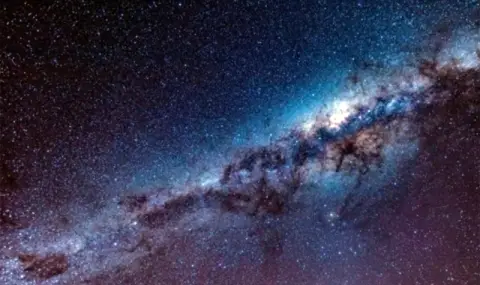Researchers and students from the Massachusetts Institute of Technology have discovered three stars in the Milky Way's halo path that formed approximately 12 to 13 billion years ago, shortly after the Big Bang. According to the researchers, these oldest stars ever discovered “are part of our cosmic family tree”. Their research may give astronomers new knowledge about the evolution of the universe and our galaxy immediately after the Big Bang.
MIT physics professor Anna Froebel has devoted her career to collecting and processing data from the Magellan Clay Telescope at the Las Campanas Observatory in Chile's Atacama Desert. At the end of 2022, she launched a new course in “observational stellar archaeology”, where students acquire the necessary skills to investigate the origins of ancient space objects.
Researchers are interested in stars whose spectra show low amounts of strontium and barium. It is believed that immediately after the Big Bang, the content of these elements in stardust was extremely low, so this spectrum of stars indicates that they could have formed in the very early Universe. After a thorough study of the materials, three stars with extremely low content of strontium, barium and iron were selected, first discovered in 2013 and 2014.
A study of the orbital patterns of these stars showed that the entire “stellar trio” moves in the opposite direction to the other stars in the Milky Way halo. Retrograde motion is often a sign that a celestial object was not born into its surroundings. It is this pattern of motion, combined with their characteristic chemical composition, that leads researchers to believe that these ancient stars were once part of early dwarf galaxies that were absorbed into our galaxy as the Milky Way expanded.
Cosmic objects of this class are called Small Accreted Stellar System (SASS). In a paper published in the Monthly Notices of the Royal Astronomical Society, Froebel and her colleagues suggest there may be another 61 SASS stars hidden in the Milky Way. “These old stars should definitely be there, given what we know about galaxy formation,” says Froebel. “They are part of our cosmic family tree. And now we have a new way to find them."
